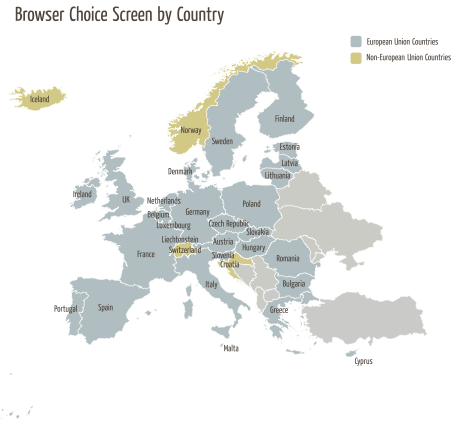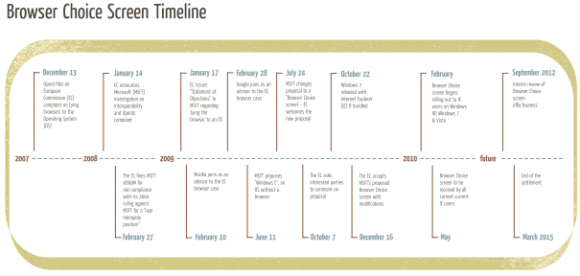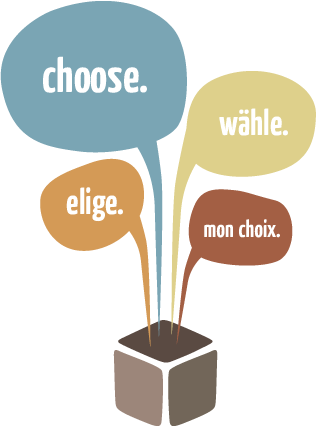The EC Agreement and the Browser Choice screen
26th February, 2010
In December 2009, Microsoft reached an agreement with the European Commission about competition in the Web browser market. As part of this, Microsoft announced a ‘Browser Choice screen’ for all Windows users in Europe using Internet Explorer as their default browser. This screen gives users the choice of staying with their default browser, or choosing from a number of alternatives. An estimated 190 million users in 32 European countries will be shown this screen beginning February 23, 2010.

Microsoft explains how and when the Browser Choice screen will roll out in this blog post.
Case history
The European Commission antitrust case against Microsoft began in December 2007 when the makers of the Opera browser made a complaint to the EC. Opera was concerned that Microsoft was abusing its dominant Windows operating system market position, as defined by EU law, by unlawfully tying its Internet Explorer browser to the Windows operating system. The EC initiated a proceeding against Microsoft and determined that Microsoft had violated EU competition law.
During the EC investigation, Microsoft initially proposed shipping the forthcoming Windows 7 operating system without any default browser. [The general response was that this did not serve the consumers interests and this option was dropped]. Eventually, the case was settled and a decision was issued by the Commission on December 21, 2009, which included among others, a commitment by Microsoft to include a Browser Choice screen that would allow users to choose their own browser from 12 alternatives.


